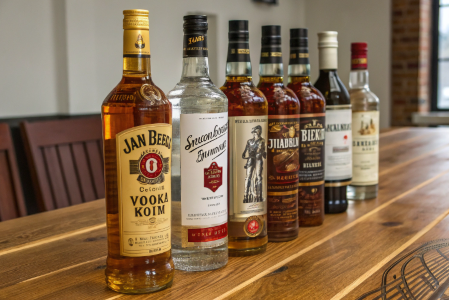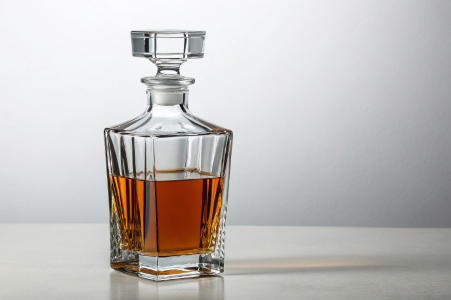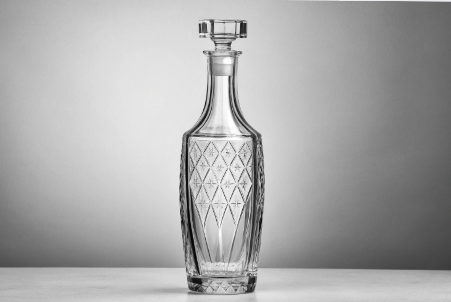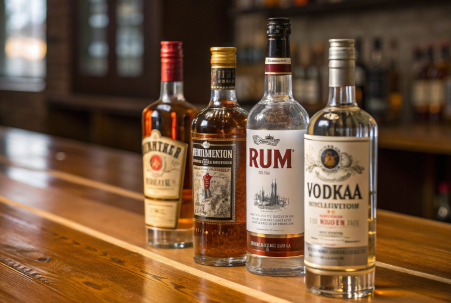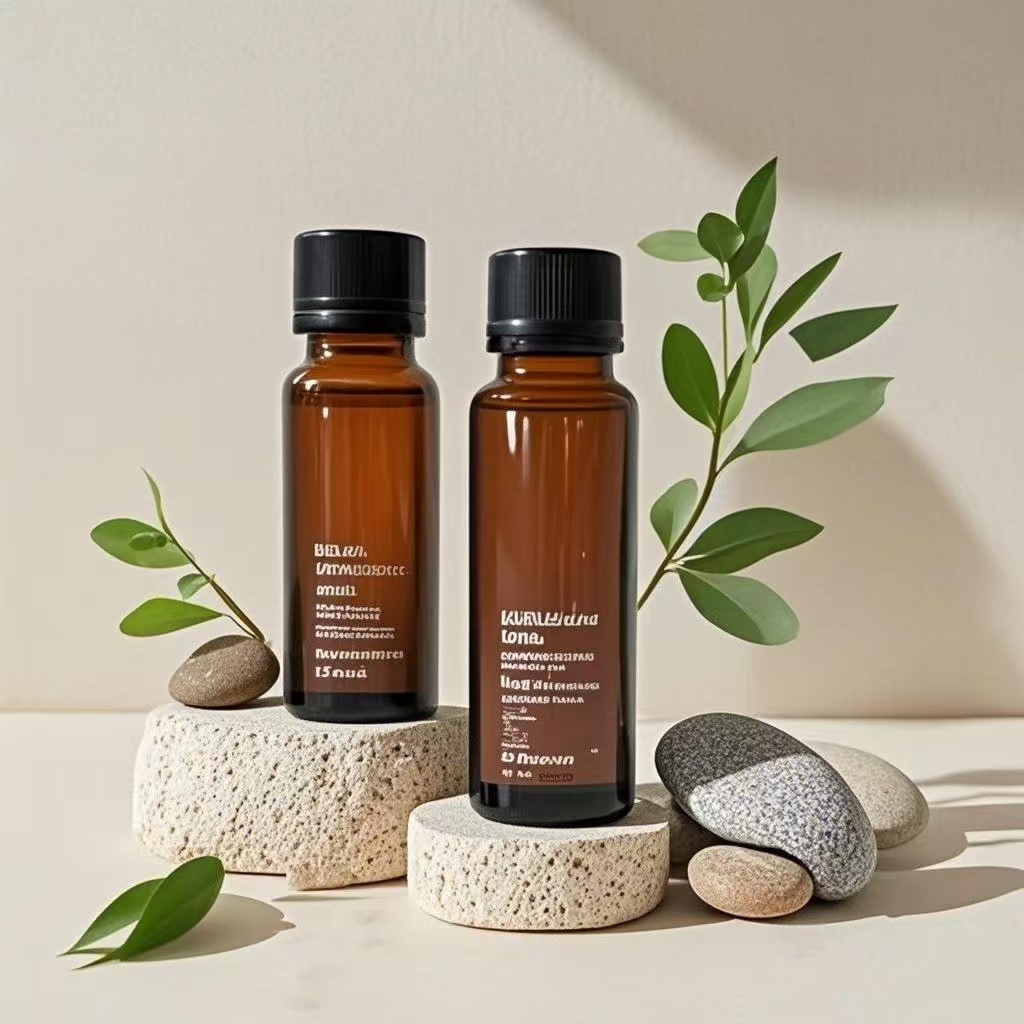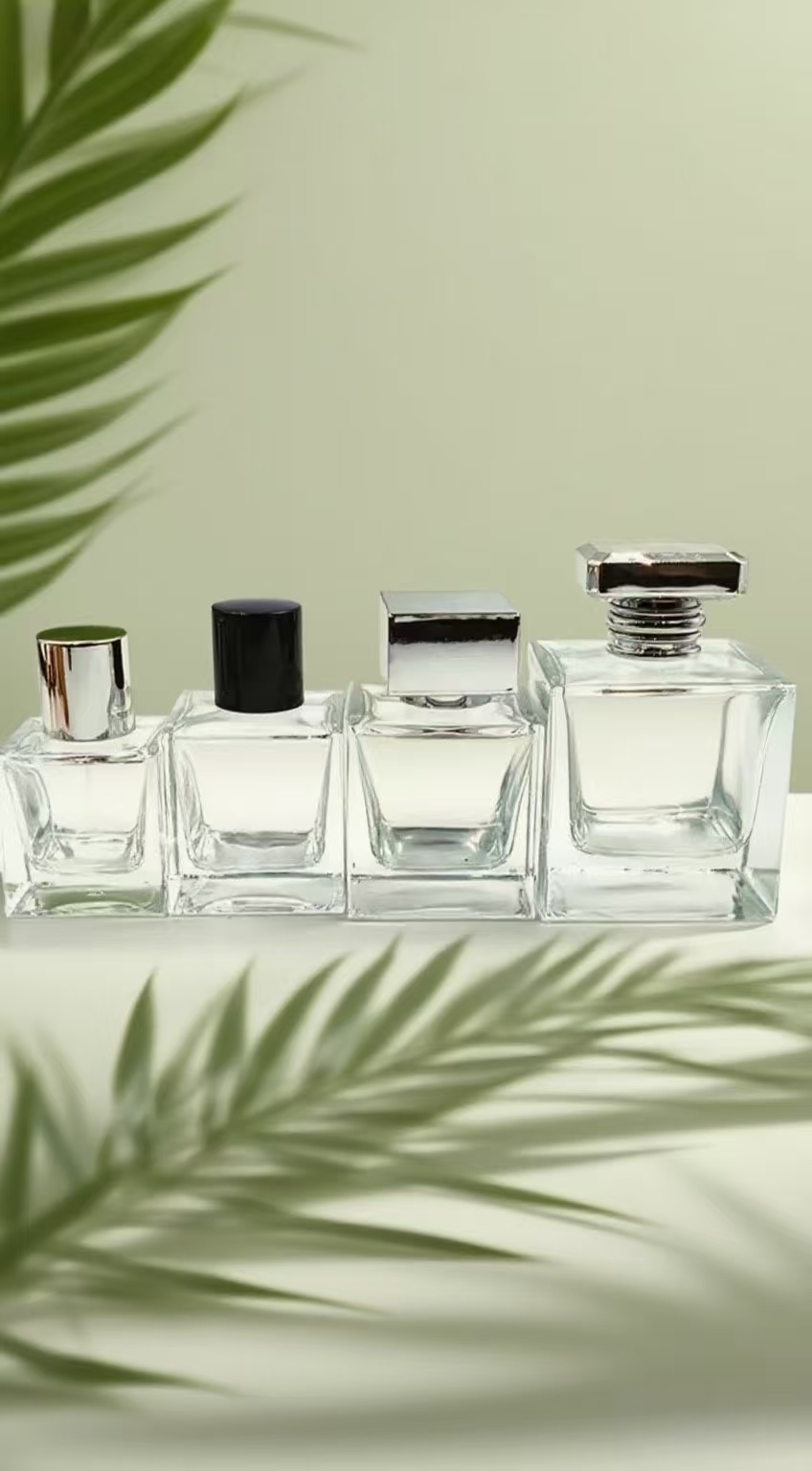Vodka, rum, and whiskey are three of the world’s most popular distilled spirits, each with its own unique history, production methods, flavor profiles, and cultural significance. Whether you are a casual drinker, a connoisseur, or a professional in the beverage industry, understanding the distinctions among these spirits enhances appreciation and informs better choices for consumption and business. This comprehensive guide explores the key differences and similarities between vodka, rum, and whiskey, their production processes, regional variations, flavor characteristics, and usage in cocktails and culinary pairings. Additionally, it highlights packaging trends and innovations, with a special mention of PauPack (www.paupacking.com), a leader in sustainable and creative glass packaging solutions for the spirits industry.
Table: Key Differences Among Vodka, Rum, and Whiskey
| Aspect | Vodka | Rum | Whiskey |
|---|---|---|---|
| Primary Ingredients | Grains (wheat, rye, corn), potatoes, sometimes fruit or molasses | Sugarcane byproducts (molasses or sugarcane juice) | Grains (barley, corn, rye, wheat) |
| Origin | Eastern Europe (Russia, Poland) | Caribbean and Latin America | Scotland, Ireland, USA, Canada |
| Distillation | Multiple distillations for purity | Distilled from fermented molasses or juice | Distilled from fermented grain mash |
| Aging | Usually unaged | Often aged in oak barrels (varies) | Always aged in wooden barrels |
| Color | Clear, colorless | Clear to dark amber | Amber to dark brown |
| Flavor Profile | Neutral, clean, subtle | Sweet, fruity, spicy (varies by style) | Complex, smoky, peaty, sweet |
| Common Styles | Plain, flavored | Light, dark, spiced, overproof | Bourbon, Scotch, Rye, Irish |
| Typical Alcohol Content | 35-50% ABV | 35-50% ABV | 40-50% ABV |
| Cultural Significance | National drink of Russia and Poland | Iconic Caribbean spirit, tropical culture | Deeply rooted in Scottish, Irish, American traditions |
| Common Uses | Cocktails, shots, mixed drinks | Cocktails, sipping, culinary uses | Sipping, cocktails, culinary uses |
Origins and Historical Background
Vodka
Vodka’s name derives from the Slavic word “voda,” meaning water, highlighting its clear and neutral character. It originated in Eastern Europe, particularly Russia and Poland, where it is considered a national drink and an integral part of cultural rituals. Vodka’s history dates back to at least the 8th or 9th century, evolving from early distillations of fermented grains and potatoes.
Rum
Rum’s roots trace to the Caribbean in the 17th century, emerging from sugarcane plantations where molasses, a byproduct of sugar production, was fermented and distilled. Rum quickly became associated with the tropical islands and seafaring culture, spreading globally through trade and colonization. Its production methods and styles vary widely depending on the region, from light rums in Puerto Rico to dark, aged rums in Jamaica and Barbados.
Whiskey
Whiskey boasts a rich heritage spanning centuries, with origins in Scotland and Ireland. Distillation techniques spread through Europe and the Americas, giving rise to diverse styles such as Scotch whisky, Irish whiskey, bourbon, and rye. Whiskey’s aging in wooden barrels imparts complex flavors, making it a spirit celebrated for craftsmanship and tradition.
Production Processes
Vodka Production
Vodka is typically distilled multiple times to achieve a high level of purity and neutrality. Common raw materials include grains like wheat, rye, and corn, as well as potatoes and sometimes fruit or molasses. The fermentation process converts sugars to alcohol, which is then distilled and often filtered through charcoal or other materials to remove impurities and flavor compounds. Some premium vodkas undergo up to ten distillations for exceptional smoothness.
Rum Production
Rum is produced by fermenting and distilling sugarcane byproducts, mainly molasses or sugarcane juice. Molasses-based rums tend to be darker and richer, while juice-based “agricole” rums are lighter and more aromatic. The distillation method (pot still or column still) and aging process vary by style and region. Aging in oak barrels adds complexity, with some rums matured for decades. Spiced and flavored rums incorporate additional ingredients like cinnamon, vanilla, and cloves.
Whiskey Production
Whiskey production begins with mashing grains such as barley, corn, rye, or wheat, which are then fermented with yeast. The fermented mash is distilled, typically in pot stills or column stills, and aged in oak barrels for several years. The type of grain, distillation method, barrel type, and aging duration all influence the final flavor. Regulations often govern the minimum aging period and production standards, especially for bourbon and Scotch.
Flavor Profiles and Characteristics
Vodka
Vodka is known for its clean, neutral taste, making it highly versatile in cocktails. While traditionally flavorless, subtle differences arise from the base ingredients and distillation methods. Premium vodkas offer smoothness and slight nuances, but the spirit remains largely odorless and colorless.
Rum
Rum’s flavor spectrum ranges from light and sweet to dark and robust. Light rums are often used in cocktails for their mild flavor, while dark rums exhibit notes of caramel, toffee, molasses, and spices. Spiced rums add warmth and complexity. Overproof rums have higher alcohol content and intense flavor. The aging process contributes to richness and smoothness.
Whiskey
Whiskey offers a complex array of flavors depending on style and origin. Scotch whiskies may be smoky, peaty, fruity, or floral. Bourbon is typically sweeter with vanilla, caramel, and oak notes. Rye whiskey tends to be spicier and more robust. Aging in charred barrels imparts flavors of wood, smoke, and spices, creating a layered tasting experience.
Regional Variations and Styles
Vodka
-
Russian and Polish Vodka:Known for traditional production methods and purity.
-
Nordic Vodka:Often characterized by soft, smooth profiles.
-
American Vodka:Diverse styles, sometimes flavored or infused.
Rum
-
Caribbean Rum:Includes Jamaican, Barbadian, Puerto Rican styles.
-
Agricole Rum:Made from fresh sugarcane juice, mainly in Martinique.
-
Spiced Rum:Popular globally, with added spices and flavorings.
Whiskey
-
Scotch Whisky:Malt and blended varieties, with regional differences (Islay, Speyside).
-
Irish Whiskey:Triple distilled, generally smooth and light.
-
Bourbon:American whiskey made primarily from corn, aged in new charred oak barrels.
-
Rye Whiskey:Spicier American or Canadian styles.
Cultural Significance and Consumption
Vodka is deeply embedded in Eastern European culture, often consumed neat during social and ceremonial occasions. Rum is synonymous with Caribbean heritage and tropical lifestyles, celebrated in cocktails and festivals. Whiskey holds a storied place in Scottish, Irish, and American traditions, revered for its craftsmanship and enjoyed neat, on the rocks, or in classic cocktails.
Popular Cocktails Featuring Vodka, Rum, and Whiskey
-
Vodka:Martini, Bloody Mary, Cosmopolitan, Moscow Mule.
-
Rum:Mojito, Daiquiri, Piña Colada, Dark ‘n’ Stormy.
-
Whiskey:Old Fashioned, Whiskey Sour, Manhattan, Mint Julep.
Food Pairings
-
Vodka:Complements seafood, light appetizers, and fresh salads.
-
Rum:Pairs well with tropical fruits, desserts, and spicy dishes.
-
Whiskey:Enhances rich meats, smoked foods, and chocolate desserts.
Packaging and Branding Trends
Packaging plays a vital role in how these spirits are perceived. There is a growing emphasis on sustainability, with recycled glass, lightweight bottles, and eco-friendly closures becoming standard. Customization and unique bottle shapes help brands stand out. PauPack (www.paupacking.com) is at the forefront of these trends, offering innovative, sustainable glass packaging tailored to the needs of vodka, rum, and whiskey brands worldwide.
PauPack’s Contribution to the Spirits Industry
PauPack specializes in sustainable glass packaging solutions, combining creativity with environmental responsibility. Their expertise includes designing custom bottles, eco-friendly lids, and comprehensive B2B services such as private labeling and logistics management. PauPack’s commitment to quality and sustainability makes it a preferred partner for brands aiming to innovate while reducing their ecological footprint.
Summary Table: Vodka vs. Rum vs. Whiskey
| Feature | Vodka | Rum | Whiskey |
|---|---|---|---|
| Base Ingredients | Grains, potatoes, sometimes fruit | Sugarcane molasses or juice | Barley, corn, rye, wheat |
| Distillation | Multiple distillations | Distilled from molasses or juice | Distilled from grain mash |
| Aging | Usually unaged | Often aged in oak barrels | Always aged in oak barrels |
| Color | Clear, colorless | Clear to dark amber | Amber to dark brown |
| Flavor | Neutral, clean | Sweet, fruity, spicy | Complex, smoky, sweet |
| Popular Styles | Plain, flavored | Light, dark, spiced, overproof | Bourbon, Scotch, Rye, Irish |
| Typical ABV | 35-50% | 35-50% | 40-50% |
| Cultural Origin | Eastern Europe (Russia, Poland) | Caribbean, Latin America | Scotland, Ireland, USA |
| Common Use | Cocktails, shots, mixed drinks | Cocktails, sipping, culinary use | Sipping, cocktails, culinary use |
Conclusion
Vodka, rum, and whiskey each offer distinct experiences shaped by their ingredients, production methods, aging, and cultural heritage. Vodka’s neutrality makes it a versatile cocktail base, rum’s tropical sweetness adds flair and warmth, and whiskey’s complexity invites slow appreciation. Understanding these distinctions enriches the enjoyment and selection of spirits.
Sustainability and innovation in packaging are reshaping the industry. PauPack (www.paupacking.com) exemplifies this evolution by providing eco-friendly, customizable glass packaging solutions that help brands stand out responsibly.
Whether you are a consumer exploring new flavors or a brand seeking to innovate, this guide equips you with the knowledge to appreciate and choose among vodka, rum, and whiskey with confidence. Cheers to discovering the rich diversity of these timeless spirits!




